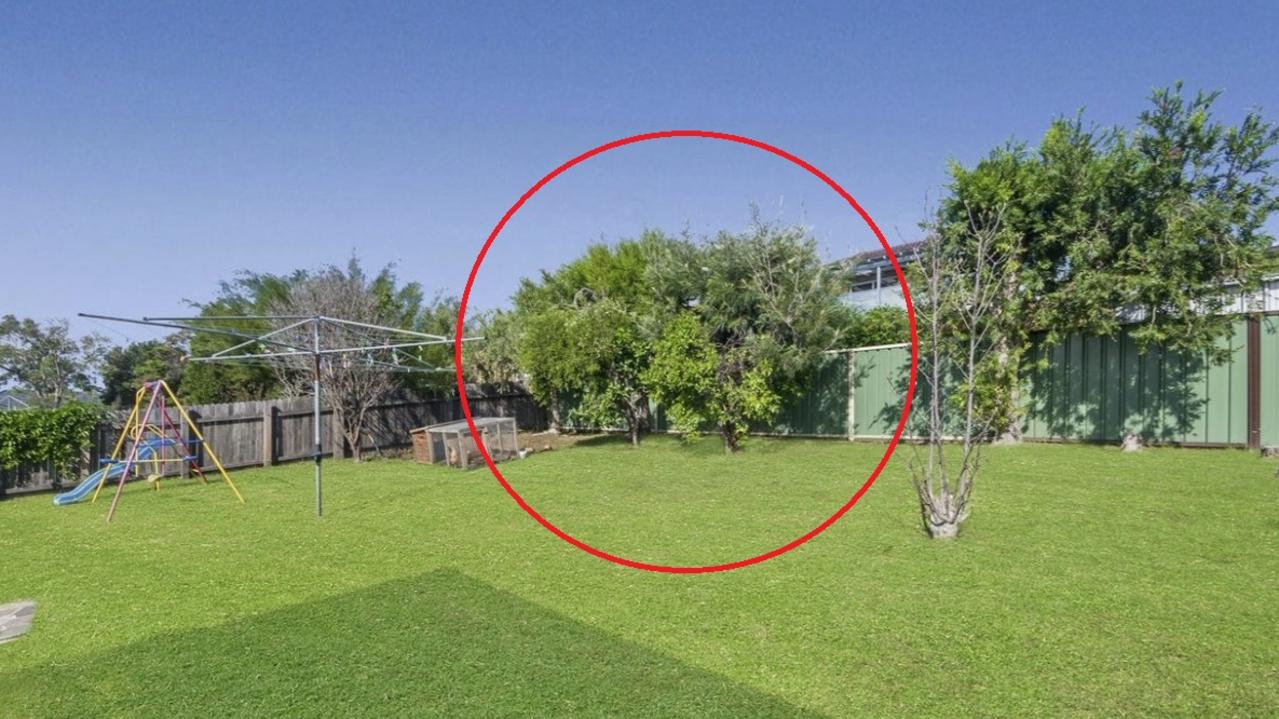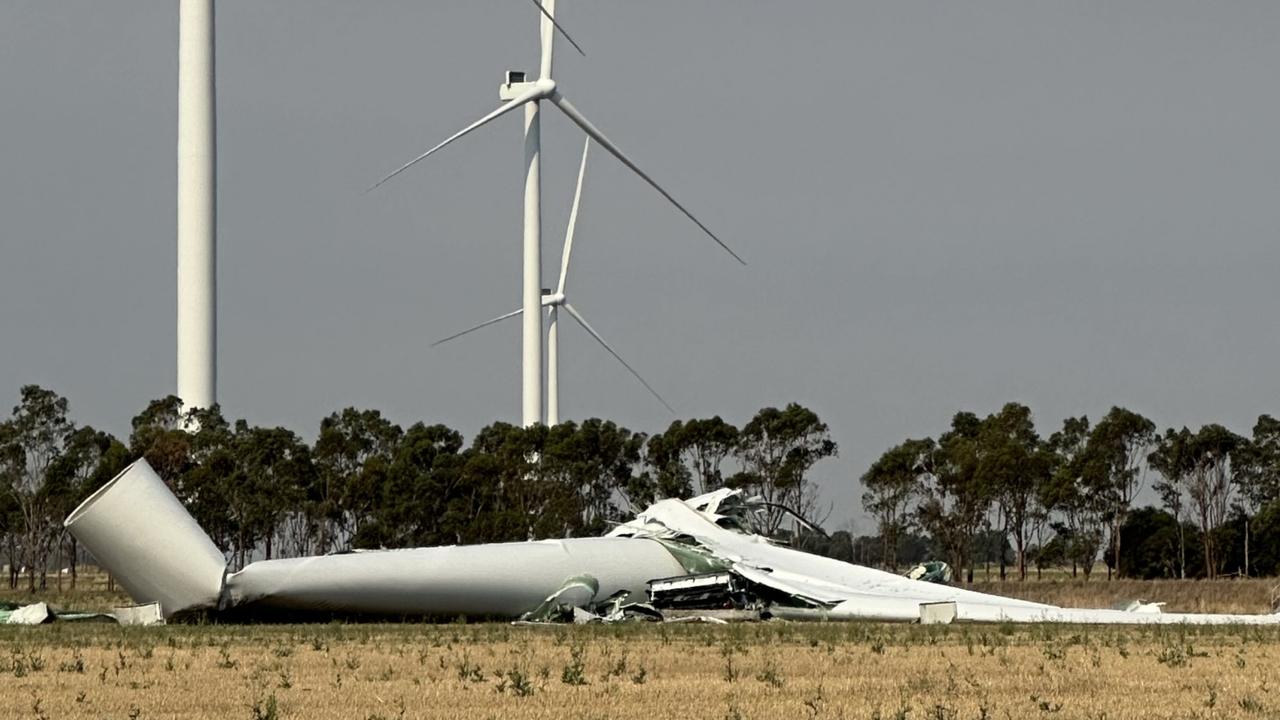Council bin collection: Green bin rule that’s different across Australia
It’s the bin only a fraction of Australians already have, but soon all homes will have it. And it aims to solve a big waste problem.
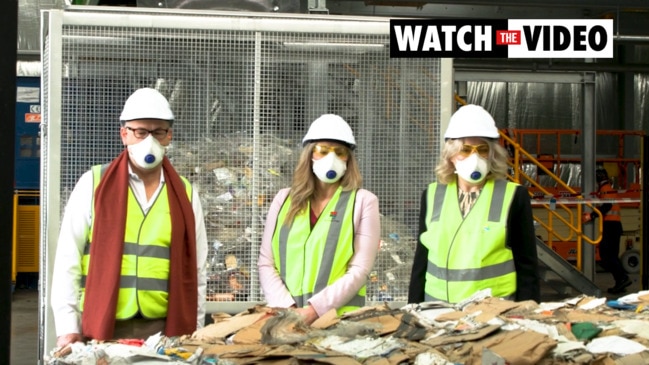
Whether you refer to the overly pink sandwich meat as luncheon, devon or smiley fritz (a weird move from South Australia), or use the word swimmers, cossie, togs or bathers to refer to swimwear, people in different states have varied ways of doing things.
Another surprising rule that changes depending on where you live is the number of bins you have and what is allowed to go in them.
While most households are familiar with what goes in their yellow and red bins, rules for the green household bin is a little more confusing.
Depending on where you live, your green bin may be strictly reserved for garden organics, or also allow food organics which is then composted.

Dubbed FOGO (Food Organics Garden Organics), the green-topped council bins make composting more accessible with the aim to reduce the $3500 worth of food the average Australian family throws away every year.
The Federal Government has committed to providing all households with a FOGO bin by 2023 but the rollout has been slow with local councils responsible for the uptake.
Despite the ambitious goal, currently only 30 per cent of Australians have access to the FOGO bins, however feedback to the bins has been positive.
After implementing the FOGO bins in March 2021, Randwick council in inner-city Sydney was able to divert 1400 tonnes of food waste and organics waste from going to landfill.
The contamination rate has been low too. While problems can arise if non-approved waste like plastic, glass or treated timber is placed in a FOGO bin – with it possibly leading to the entire contents of that garbage truck being sent to landfill – the council reports a contamination rate of just 1.5 per cent.
“To put it in perspective, the Big Merino in Goulburn weighs 97 tonnes,” said former Randwick mayor Danny Said. “Our residents, in just three months, have prevented the weight equivalent of 14 Big Merino statues from ending up in landfill.”
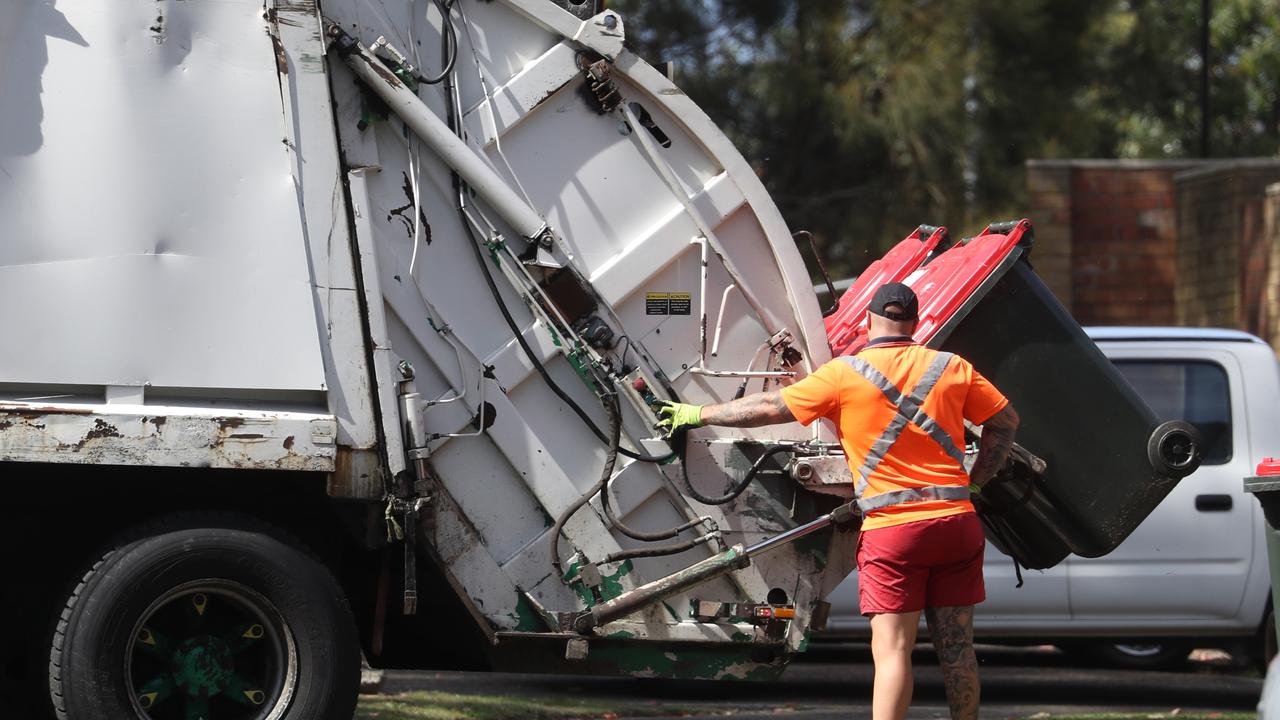
From Victoria’s four-bin system, to the special bin some NSW residents have access to, here’s how many bins are allotted to each state and territory across Australia.
NSW
Although waste disposal rules differ depending on the local council, most households in NSW are allocated a general waste bin (red lid), recycling bin (yellow lid) and garden vegetation bin (green lid).
While most regional areas have since transitioned, or have committed to transitioning to a FOGO system, councils in the Greater Sydney LGAs are slower in their uptake. According to the NSW Environment Protection Authority (EPA), currently 43 out of NSW’s 128 local councils have made the switch to FOGO bins.
Depending on which council you belong to, your household may also have a maroon-lidded bin for food scraps. This is currently available for apartment blocks in the Inner West Council and is being trialled in over 15,000 households in the City of Sydney Council.
Victoria
As well as general waste, recycling and FOGO bins, many Victorian households also have a fourth, purple glass-only bin to contend with. The first Australian state to do so, the new bins have been rolled out into 13 local councils, and will be expanded to include all Victorian households by 2030.
The change also means eligible residents must now only use the yellow bin for their recyclable plastics and paper.
The addition was included in the Circular Economy (Waste Reduction and Recycling) Bill, which will also establish a regulatory body to oversee the state’s recycling sector by mid-2022 named Recycling Victoria.
At the time of its launch, Environment Minister Lily D’Ambrosio said the move would reduce greenhouse gas emissions, as well as boost the economy.
“These reforms will revolutionise household recycling, drive business innovation and create jobs of the future – delivering Victorians a recycling system they can rely on,” she said.

Queensland
Another state which gives most of their residents the opportunity to divide their bins into general waste, recycling and garden waste, Queensland has been slow to adopt kerbside food scrap pick-up.
Currently the state is conducting a one-year trial of the FOGO bins in just three councils – Townsville City Council, Rockhampton Regional Council and Lockyer Valley Regional Council. Learnings from these case studies will be published in early 2023, however it appears there are no plans to expand the program into other areas for now.
South Australia
South Australia also operates under a three-bin system. Households get a red bin for general waste, a yellow bin for recyclables and a green FOGO bin for food scraps, paper towel and tissues and garden scraps.
According to South Australia’s Waste Strategy 2020-2025, the state wants to achieve an ambitious target of sending zero avoidable waste to landfill by 2030, with a particular focus on food waste and single-use plastics.
Tasmania
While Tasmanians have long had access to a green bin for garden organics, many councils have also since transitioned to the newer FOGO bins. The food scrap-friendly system was first introduced in the City of Hobart in November 2019 and has been gradually rolled out to other local councils.
Apart from this, they also have the standard household rubbish bin which has either a red, dark green or black lid, and a classic yellow-lid bin for recyclables.
ACT
Most homes in the ACT have a standard 140L red-lid garbage bin and a 240L yellow-lid recycling bin. Households can also apply for a 240L green bin for garden organics for a one-off registration fee of $50. These bins are used to dispose of plant materials like weeds, flowers, small branches, leaves and twigs.
From November 22, 2021, 5000 households in the suburbs of Belconnen, Bruce, Cook and Macquarie will also receive a FOGO bin plus kitchen caddy and compostable liners. Similar to a green garden bin, these green-lidded bins are used to dispose of garden waste and food scraps and will then be processed into compost.
WA
Depending on your local council, WA households have one of three bin systems.
Two-bin system – Residents get one yellow bin for recyclables and one red bin for general waste.
Three-bin garden organics (GO) system – Residents get an additional green-lidded bin for plant materials like grass clipping, twigs, sticks and plant trimmings, plus the standard red and yellow bins.
Three-bin food organics, garden organics (FOGO) system – This three-bin system is similar to the above option, but the green bin can also process food scraps (bread, dairy, produce and meat products) and paper products (paper towel, serviettes and tissues). To help with collecting food scraps, household also get compost tub with council-supplied compostable liners.
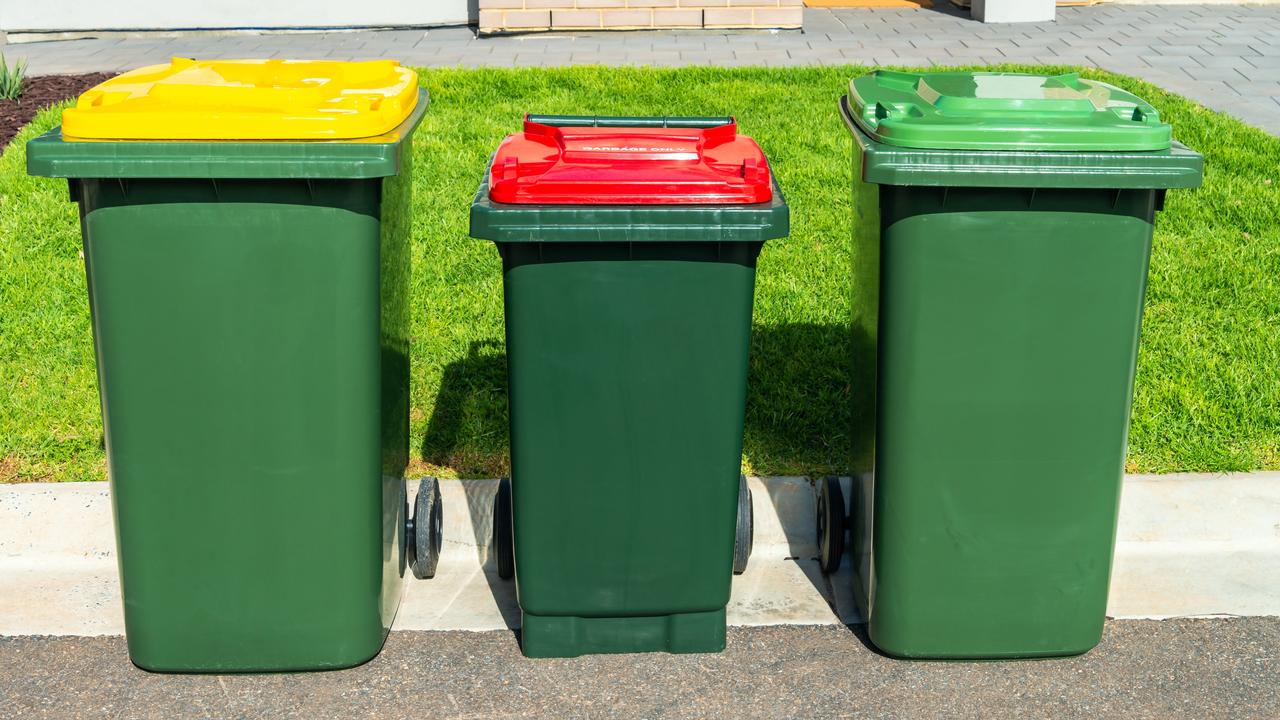
In 2018, the WA government also introduced Own Your Impact where bad recyclers could have a ‘thumbs down’ sticker placed on their bin from auditors. This came after the WA Government discovered that approximately 25 per cent of a household’s general waste bin is actually recyclable material.
Judging from WA’s Waste Sorted website, they’ve since pivoted their sticker selection to be more educational and less, dare we say, shamey.
Northern Territory
The Northern Territory is the only jurisdiction which still operates using the two-bin model. Residents can divide their waste between two bins – a red-lidded bin for general waste and a yellow-lidded bin for recycling.



